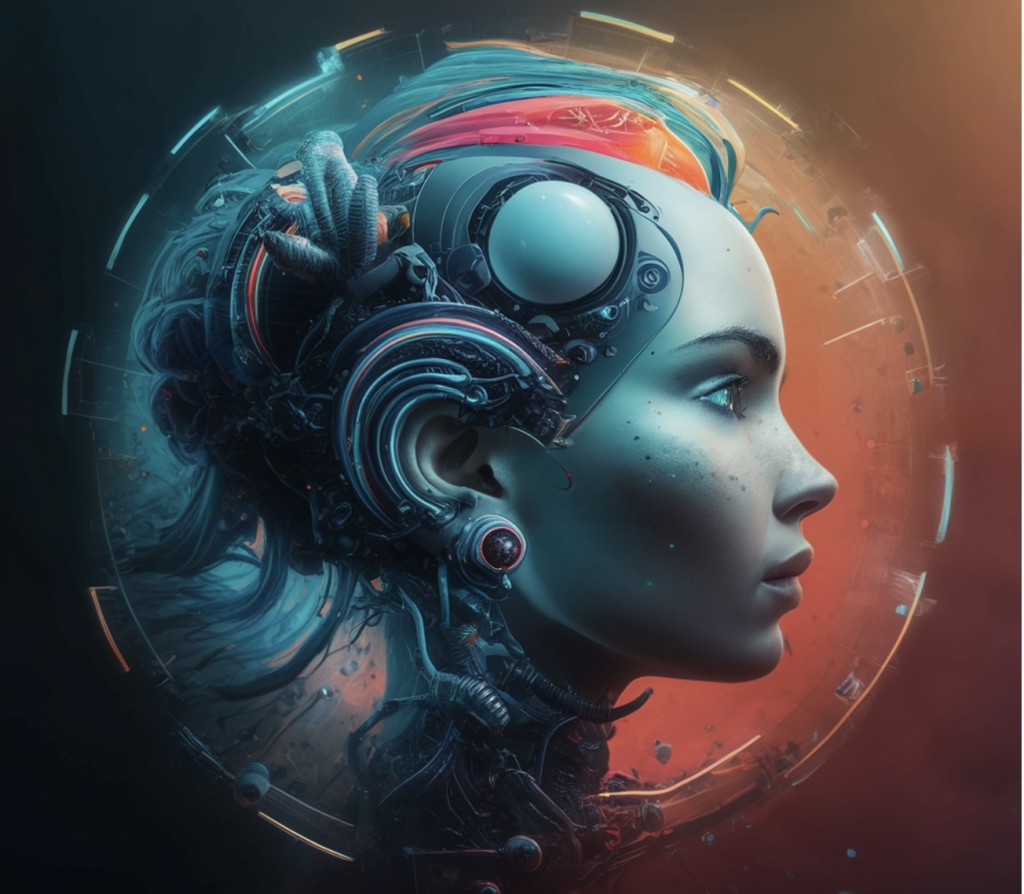In recent years, the proliferation of generative AI technologies has led to the development of various user interfaces that harness the power of AI to enhance productivity, creativity, and user interaction. These interfaces are becoming increasingly sophisticated, providing users new ways to engage with digital tools and platforms. Here are seven emerging generative AI user interfaces that are making a significant impact:
The Chatbot: Chatbots have revolutionized how people interact with AI. They are conversational agents designed to simulate human-like interactions. Examples include ChatGPT, Claude, and Perplexity. These chatbots can perform various tasks, from answering queries and providing recommendations to generating creative content and assisting with customer service. Their ability to understand & generate human language makes them invaluable tools for personal and professional use. The conversational nature of chatbots allows for intuitive user interactions, making complex tasks easier to manage.
The Augmented Browser: The augmented browser integrates AI capabilities directly into web browsers, enhancing the browsing experience with intelligent features. Notable examples include Google, ARC, and Bing. These browsers leverage AI to offer personalized search results, predictive text, and content summarization. They can also provide contextual information and recommendations based on user behavior and preferences. Integrating AI into browsers helps users navigate vast online information more efficiently, turning the web into a more personalized and accessible space.
The AI Workspace: AI workspaces are designed to enhance productivity by integrating AI tools into everyday work environments. Examples include Devin AI, GitHub Copilot Enterprise, and Custom GPT Builder. These platforms assist with AI-driven coding, project management, and content creation. They can automate repetitive tasks, offer intelligent suggestions, and facilitate collaboration among team members. By embedding AI directly into the workflow, these workspaces enable users to work smarter and more efficiently, ultimately improving overall productivity and innovation.
The AI Workbook: AI workbooks combine the power of AI with traditional data analysis and management tools. Examples include V7 Go, Elicit Workbooks, Sheets, or Excel API integrations. These platforms enhance data processing capabilities, allowing users to automate data entry, perform complex calculations, and generate insights from large datasets. AI workbooks can also suggest data visualizations and provide predictive analytics, making it easier for users to interpret and act on their data. Integrating AI into data management tools transforms how businesses and individuals handle information, driving better decision-making and efficiency.
The Universal Interface: The universal interface represents a new paradigm in AI interaction, providing a single, cohesive platform that integrates multiple AI functionalities. Project Astra is a prime example of this approach. It offers a unified interface where users can access various AI tools and services, from natural language processing to computer vision. This seamless integration simplifies the user experience, allowing for more fluid and efficient interactions with AI technologies. The universal interface aims to break down the silos between different AI applications, creating a more holistic and accessible AI ecosystem.
The AI Form: AI forms leverage generative AI to streamline and enhance form-filling processes. Examples include Upwork Job Posts and Typeform AI. These forms use AI to automatically generate and populate fields based on user inputs and preferences, reducing the time and effort required to complete them. AI forms can also provide intelligent suggestions and ensure the information entered is accurate and relevant. This automation improves user experience and increases the efficiency of data collection and processing.
The Faceless Workflow: The faceless workflow represents a shift towards more automated and invisible AI integration within workflows. This approach involves embedding AI capabilities directly into backend processes, allowing tasks to be completed without direct user interaction. AI-driven automation can handle everything from scheduling and resource allocation to monitoring and maintenance. By removing the need for a traditional user interface, faceless workflows enable seamless and efficient operations, freeing users to focus on more strategic and creative tasks.
In conclusion, these seven emerging generative AI user interfaces transform how people interact with technology. These innovations, from chatbots and augmented browsers to AI workspaces and universal interfaces, make AI more accessible, intuitive, and integrated into everyday life. As AI evolves, these interfaces will be crucial in shaping human-computer interaction, driving greater productivity, creativity, and efficiency across various domains.
The post 7 Emerging Generative AI User Interfaces: How Emerging User Interfaces Are Transforming Interaction appeared first on MarkTechPost.
Source: Read MoreÂ

